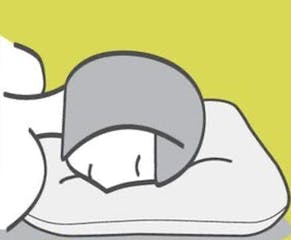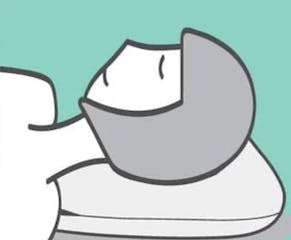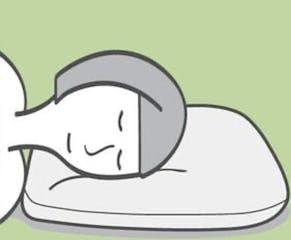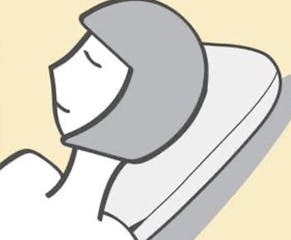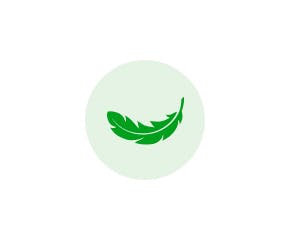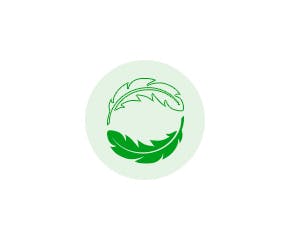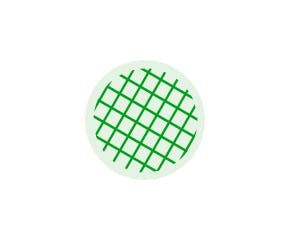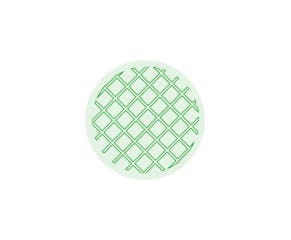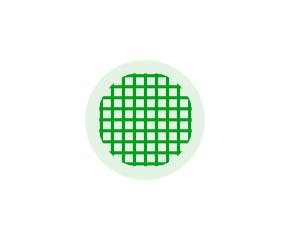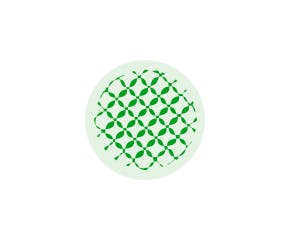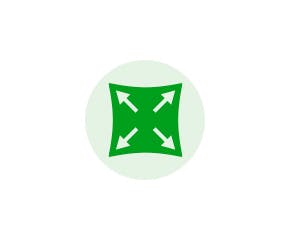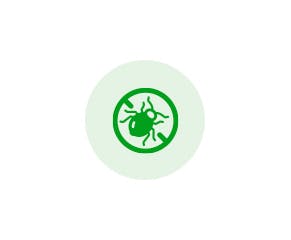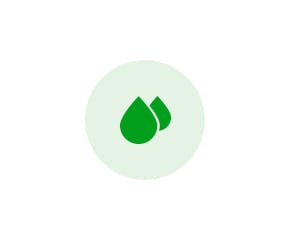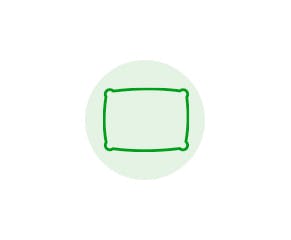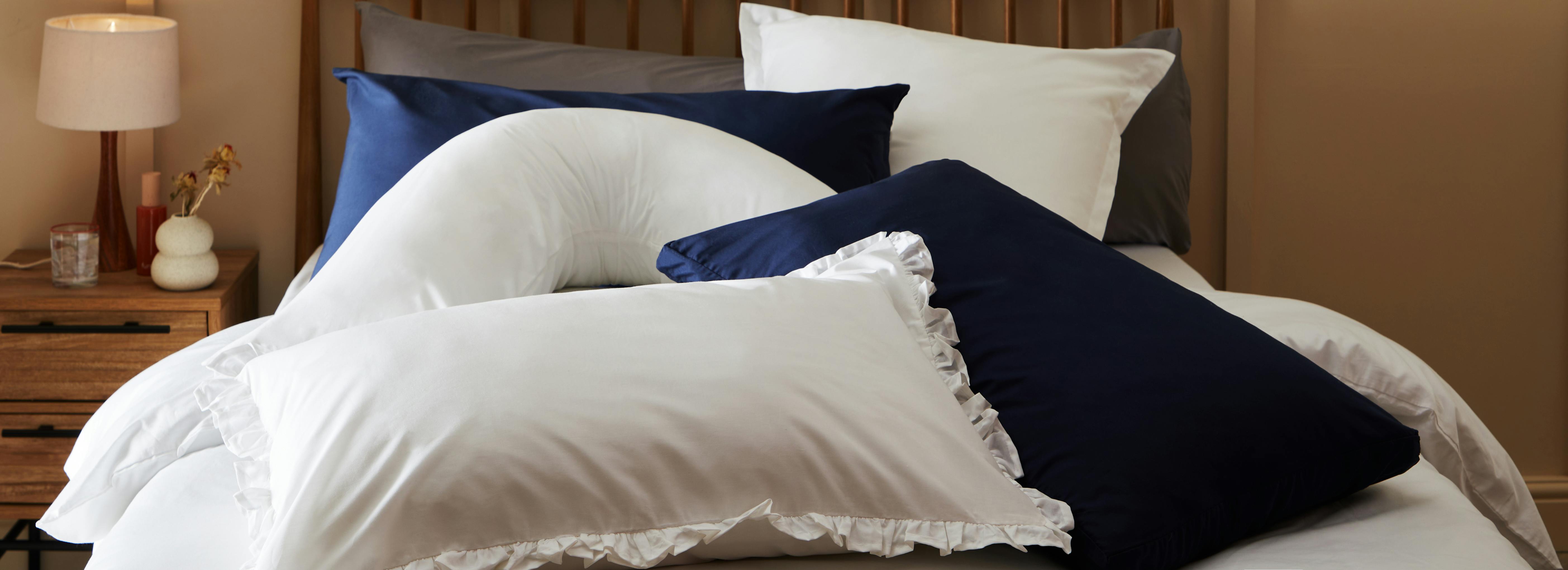
Pillows Buying Guide
Find the right resting place for that weary head
A good pillow (one that’s suited to your needs) can make a huge difference to the quality of your sleep. That’s why we have over 40 pillow types to help you find your dream match.
Our broad range includes specialised items like memory foam pillows for responsive comfort, orthopaedic V-shaped pillows for support when sitting, and anti-allergy pillows to actively combat dust mites. Plus, we have a great collection of brands to choose from, including our own Dunelm pillows to Fogarty, Hotel and luxurious Dorma, all available online and in-store.
Our pillow buying guide will help you identify the and filling and support you need to provide ultimate comfort for the perfect night's sleep.
Pillow firmness is created by the type of filling. For a more comfortable night, you need the right level of support, i.e. firmness, to keep your head, neck and spine aligned and ultimately leave you refreshed and ache-free.
Are natural fibre pillows better than synthetic fibre pillows?
There are great benefits for both kinds, and it’s possible to get every firmness level in either natural or synthetic pillows. If you sleep on your side you might benefit more from the full head and shoulder support of a memory foam pillow, or a well-filled down pillow. It’s all about keeping your spine aligned in your usual sleeping position, and since side-sleeping creates a larger gap between head and mattress, a fuller pillow has the added depth to support your body in that position.
A front-sleeper’s body creates a smaller gap between the head and the mattress, so will likely be more comfortable with a shallower pillow like down or extra soft synthetic filling. Back-sleepers are usually most comfortable with something fuller to provide more support between the shoulders and head, so the medium firmness of either mixed feather and down or a medium synthetic pillow should work.
Natural fillings
Synthetic fillings
Cover Fabric Breakdown
The fillings create the support, and the covers keep it in place, but what else can they do for you? As with the insides, there are different options for the outers too in both natural and synthetic textiles. The thread count can also make a difference to the feel of your pillow, giving it a smoother, higher quality feel while also helping to keep the fibre fillings from escaping.

When we use the term thread count, we're referring to the amount of threads which run horizontally (these are called 'weft' threads) and those that run vertically (the 'warp' threads), within a 1-inch square of the fabric. If a fabric has a 200 thread count, it means there are 200 threads per square inch of the fabric.
THREAD COUNT
Other Product Benefits
Pillow Shapes & Sizes
Pillows come in standard and specialised sizes. For most beds standard sizes will look and feel about right, but if you have a king sized bed you might want king sized pillows to match as they’re longer than usual to give broader coverage. One pillow at the perfect height is ideal for most people as it’s more likely to stay in place and provide consistent support, whereas two pillows can slip beneath the weight and movement of your head. We have bed linen to fit all the sizes of bedding we sell including more unusual shaped items, like our v-shaped pillows and bolster cushions.
Children's pillows
Pillows are not recommended for children under 12 months old.
Once they're ready to move into their toddler bed, at around 18 - 24 months, they will be able to use a pillow as long as it's a small, firm toddler pillow. The big fluffy ones adults use are not suitable for little ones.
For children over 12 months, it’s best to use pillowcases made from breathable fabrics, and avoid any plastic or rubber coatings as this can cause discomfort.
Caring for your pillows
You can also take care of your pillows with these tips:
- Always follow the care instructions found on a label sewn into a seam or on the original packaging.
- We recommend washing mattress protection regularly to keep it in pristine condition and hygienically clean.
- Keep light and dark coloured washes separate to avoid dulling. To help keep your whites brilliant white use a 'white' washing powder with optical brightening agents.
- Dry and air your pillows thoroughly before returning it to your bed
- Please note, natural fibre bedding cannot be dry cleaned as chemicals will damage the fillings.
- Tumble drying on a low setting will help regain the fibre
- The temperature on the care label is a reference to the highest temperature your linens can withstand, so consider washing at a lower temperature which is kinder on your product and the planet. Running a prewash may be necessary for heavily soiled linens and most modern detergents provide excellent results at low temperatures.
- It is recommended to replace pillows every 2 years due to bacteria that may build up within the pillow.
Frequently Asked Questions
Why has my pillow become flat in use?
After long term use, fibres within your pillow may become flat. Plumping and laundering will help regain the fibres to ensure fibres remain lofty with every use.
What is OEKO-TEX Made in Green?
OEKO-TEX Made In green is a traceable product label for textiles that verifies that a product has been tested for harmful substances. It also guarantees that the product has been manufactured using sustainable processes under socially responsible working conditions.
What is OKEO-TEX Standard 100?
OEKO-TEX Standard 100 verifies that a product has been tested for harmful substances. If a product carries the STANDARD 100 label you can be certain that every component (thread, button, zip etc) has been tested for harmful substances and is therefore harmless in ecological terms
Returns
For health and hygiene reasons we are unable to offer refunds or exchanges on pillows unless they are returned sealed and unopened in their original packaging. This does not affect your statutory rights. For further details of Dunelms return policy can be found here: /info/help/returns-and-cancellations
